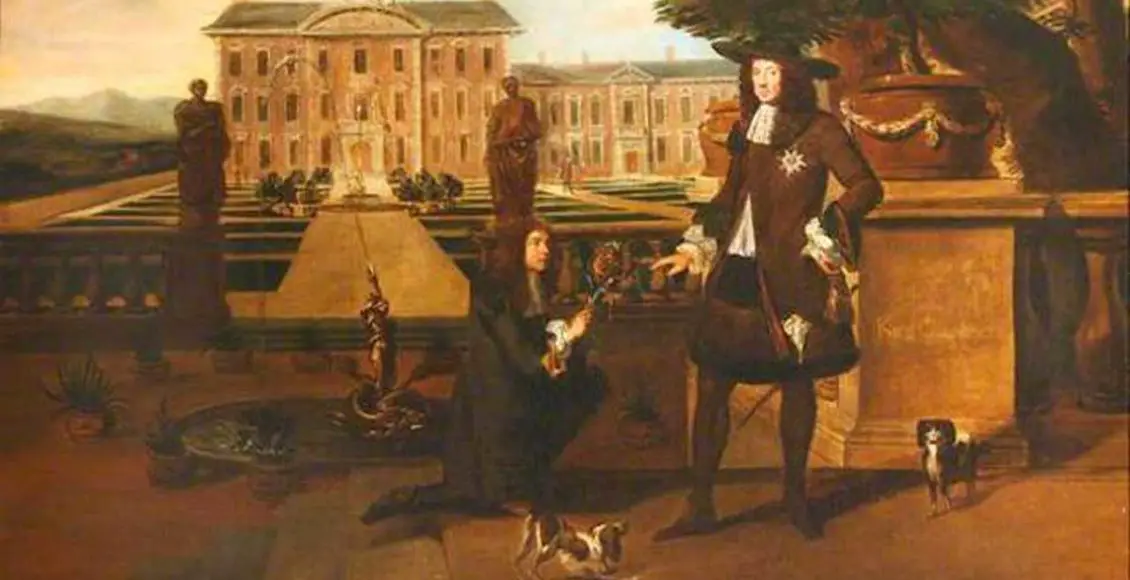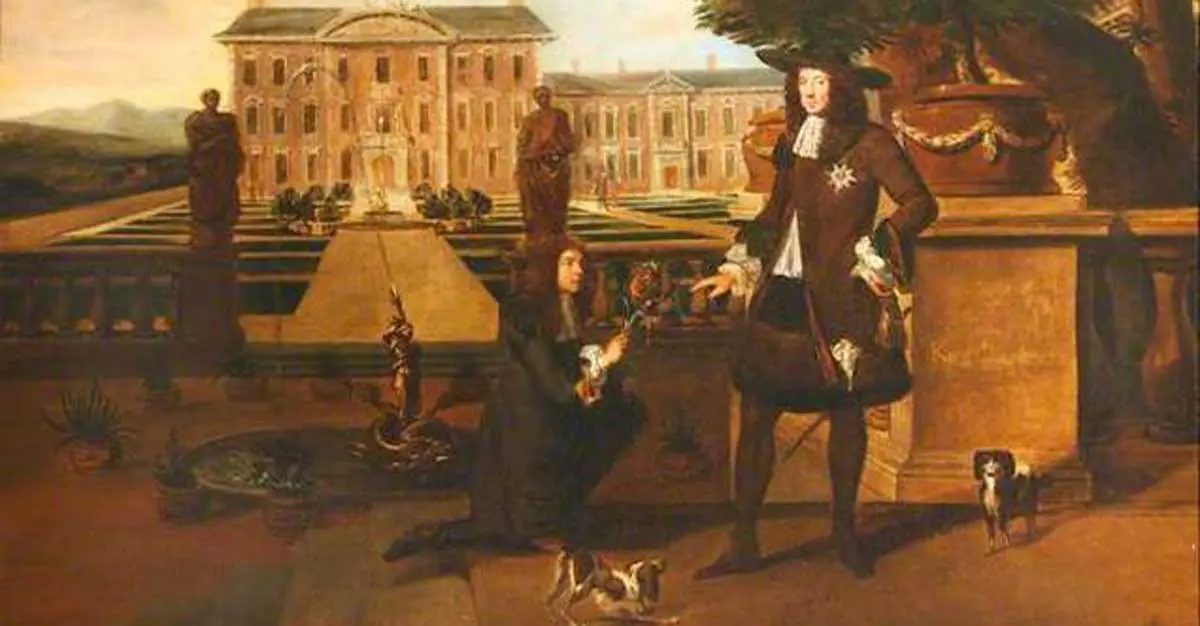 History sure had it’s strange moments. But maybe if someone from the past came to visit our world today, they might find us weird as well. Though there are some things they would understand- like our need to show our successes through status symbols. Gold, jewels, and extravagant clothing have been, and continue to be indicative of social status, but some of history’s older status symbols didn’t pass down through the years.
History sure had it’s strange moments. But maybe if someone from the past came to visit our world today, they might find us weird as well. Though there are some things they would understand- like our need to show our successes through status symbols. Gold, jewels, and extravagant clothing have been, and continue to be indicative of social status, but some of history’s older status symbols didn’t pass down through the years.
Here are ten bizarre things people once used to show off.
1) Pineapples
In the 18th century, if you wanted to make a statement, you had a pineapple. Because they were so difficult to cultivate in temperate climates, the labour required made them rather costly (one pineapple would equate to $8,000 USD today). Instead of eating the delicious fruit, pineapples were put on display and would sit for months before eventually rotting away. Even King Louis XV was presented with a pineapple that was grown at Versailles! If you couldn’t afford to grow your own pineapple, you could rent one for a special occasion.
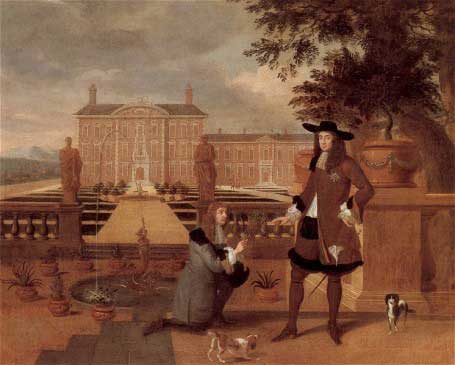
2) Tulips
This little flower almost bankrupt Holland in the 17th century. The country was the center of the East Indies trade, and merchants would display their wealth by surrounding their estates with colourful gardens of tulips. Due to the amount of time it would take for a bulb to flower, seven years, tulip mania became a speculative market. At the peak of sales, the bulb cost more than 10 times the annual income of a skilled craftsman. Then, when buyers in Haarlem didn’t appear for bulb auction, panic set in. With the demand for tulips having disappeared, they suddenly became worthless.
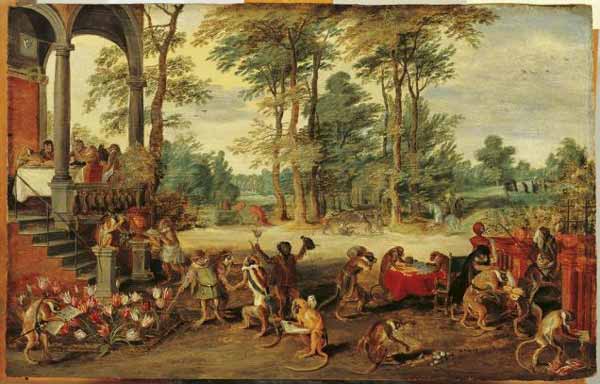
3) Board Games
Or as I once called them, “bored” games. Today these are used to pass time but when they first made an appearance, they were given to show status. Historian at the Perth Museum & Art Gallery, Mark Hall, told Discovery News, “Many of the first board games appear to have been diplomatic gifts to signify status. We have early examples of quite splendid playing pieces belonging to elite, privileged people.”

4) Long Pointed Shoes
Crackowes were long pointed shoes popular in the 15th century. The tip of the show was called the “poulaine” and was anywhere from 5 – 24 inches in length. Just like so many other status symbols, these ridiculous shoes showed that the wearer was wealthy due to them not having to work. Impractical attire? They must have money! At one point, Edward III of England restricted the poulaine to 6 inches for commoners, 15 inches for gentlemen, and lengthier tips for nobility.
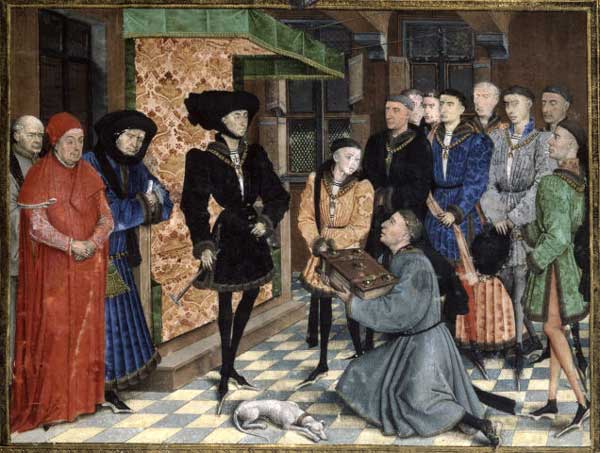
5) Exuberant Displays of Sugar
Throughout several centuries in history, sugar was a rare and expensive consumable. One way the priveleged would display their wealth and power was with subtleties. Subtleties are lavish displays of sugar, molded into specific designs. They were originally only available to the king, nobility, knighthood, and the church. At Henry VI’s coronation, each course had a subtlety following it to confirm the king’s rights, powers, and ideals as king. There was even a Chancellor of Oxford who started a banquet with an impressive subtlety display; a sugar Chancellor, with a sugar audience of professors, presented Latin verses to a sugar king.
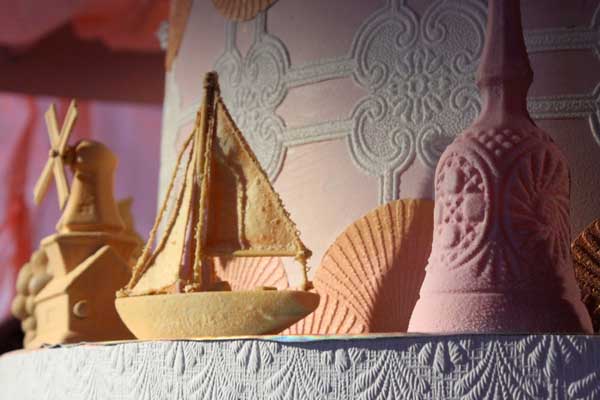
6) Teeth
Possibly connected to history’s sugar obsession was the Victorian custom of blackening the teeth – showing that one could afford the cavity-causing substance. The modification of one’s teeth as a status symbol has been around for centuries through many different cultures. Mayans filed their teeth into sharp points, the Vikings filed designs into theirs, and Japanese women once blackened their teeth as a sign of maturity.

7) Garden Hermits
Mainly during the 18th century, wealthy land owners had the novelty of garden hermits. These were hermits who lived on the owner’s estate in purpose-built hermitages, grottoes, or follies. They were encouraged to dress like druids, and would be fed, cared for, and consulted for advice or viewed for entertainment. [1]
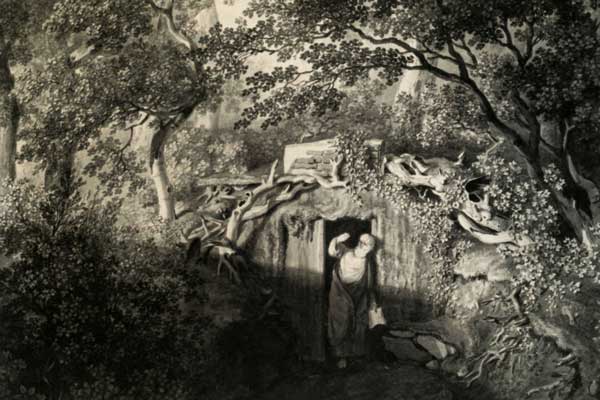
8) Cuffs and Collars
In the 16th and 17th centuries, people believed that water spread disease and illness. So how did one keep clean if they didn’t bathe? They used shirts and underwear. One commentor in 1626 wrote, “A shirt today serves to keep the body clean more effectively than the steam-baths of the ancients who were denied the use and convenience of linen”. But of course you couldn’t be proper and show your clean underwear to people, so white collars and cuffs became the symbols of both a clean body and a clean mind.
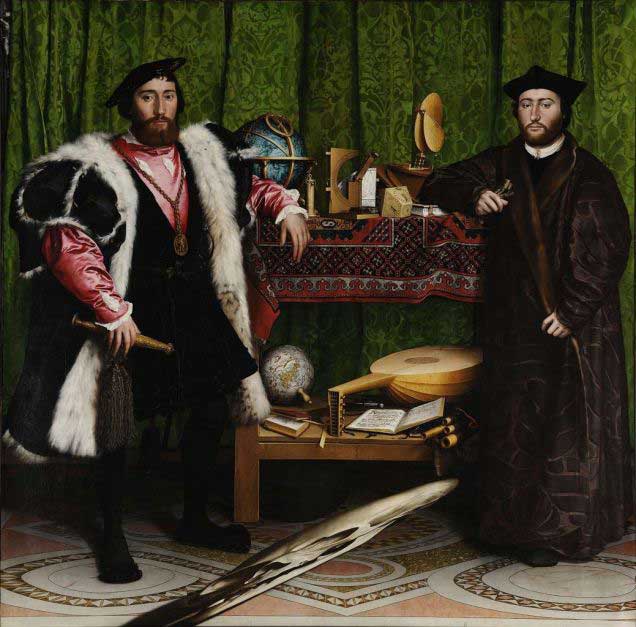
Written by Raven Fon


